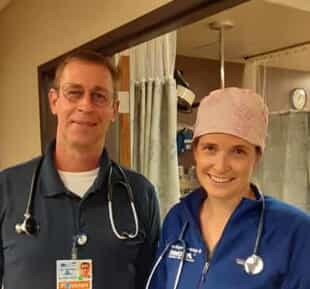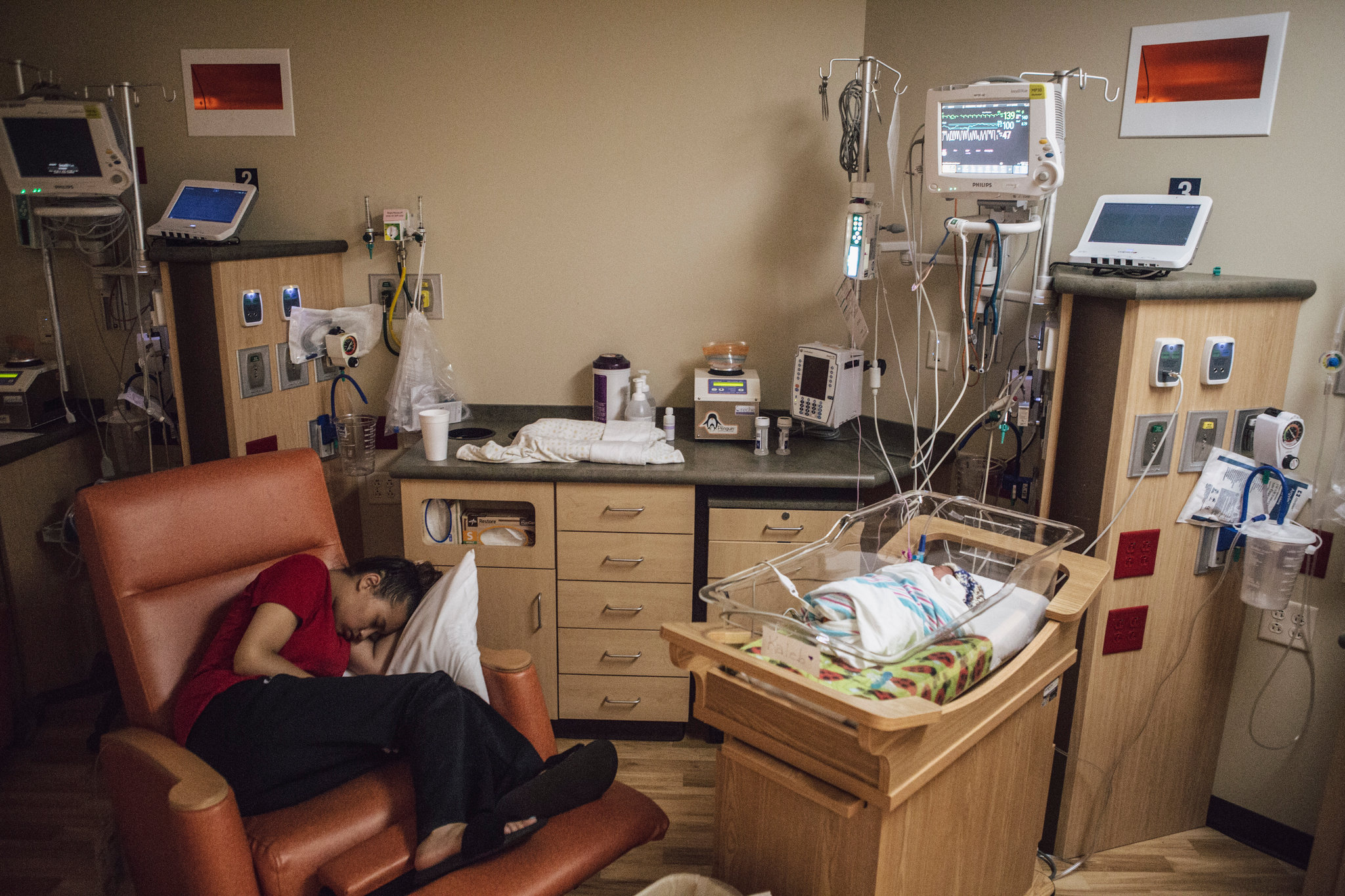
How Sepsis has Changed ED Protocols
AUTHOR: Laura Edgerley-Gibb, MD
How Sepsis Has Changed Emergency Department Protocols
By Laura Edgerley-Gibb, MD, FACEP, Medical Director, SLV Health Emergency Department, and Chief Medical Officer, Innova Emergency Medical Associates.
Sepsis affects nearly 1.7 million Americans per year and results in 270,000 deaths. It can affect patients at any age, from our tiniest neonates to our elderly patients. There is rarely a shift in the Emergency Department where we do not treat a patient with sepsis. In the past, “sepsis care” was ill-defined and there was inadequate data to show how we should best treat sepsis. Sepsis was not even formally defined in the medical community until 2001.
Through the years, there have been many iterations of sepsis treatments, but today we know that there are three main tenants of sepsis care:
1. Identifying Sepsis – with advances in lab testing (lactate levels, procalcitonin levels, and rapid panels for common bacteria/viruses) we are much better at identifying sepsis.
2. Providing broad-spectrum antibiotics – antibiotic recommendations from the IDSA and other sources are better studied and more robust.
3. Treating poor perfusion – a hallmark of sepsis is poor perfusion to the organs. Prompt treatment with IV fluids and blood pressure support is needed.
We now know that early identification of sepsis and appropriate treatment can save lives.

Pictured in the SLV Health Regional Medical Center are Hospitalist Director Olivier de Raet, MD (L), and Innova CMO Laura Edgerley-Gibb, MD (R).




